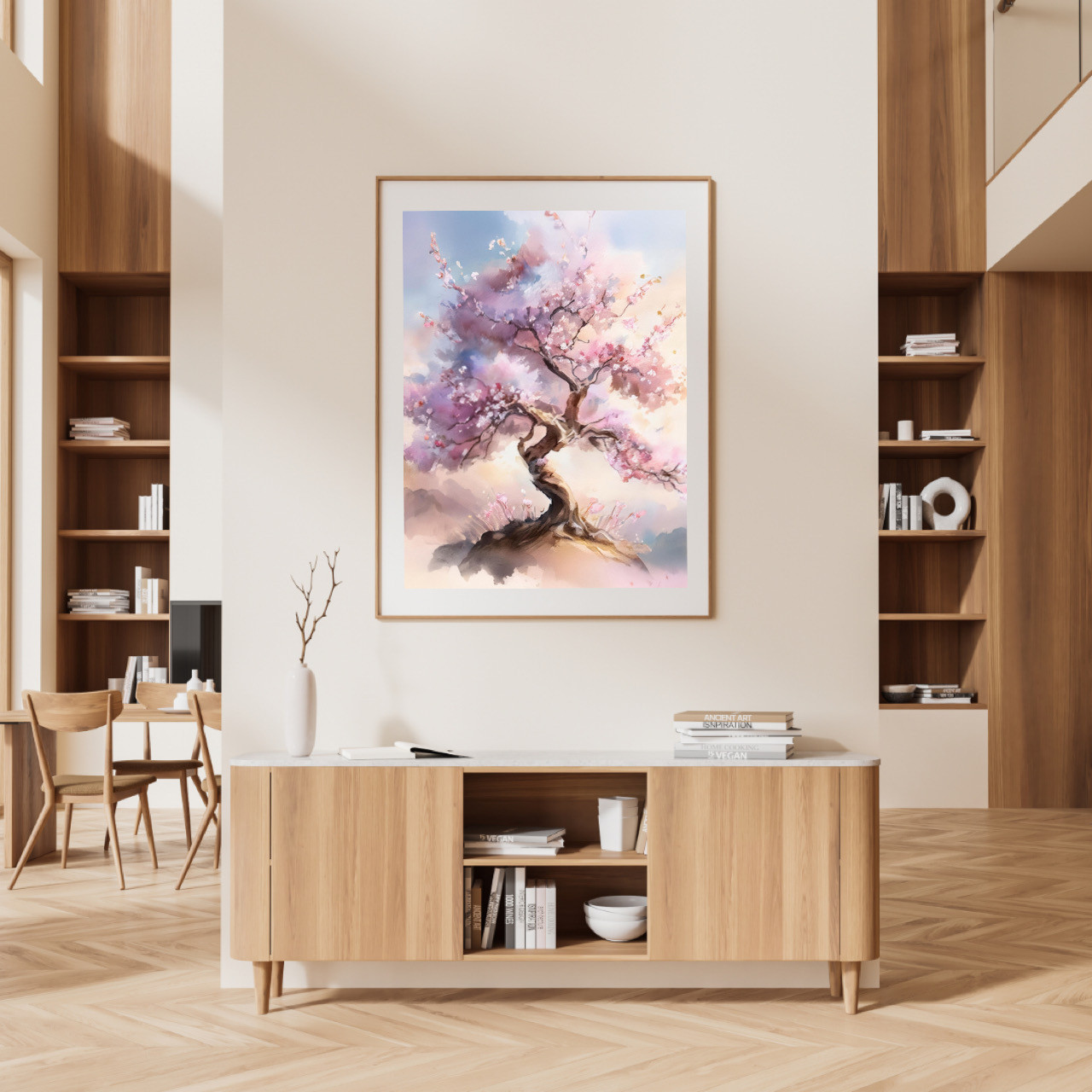Luxury Interior Art Trends for 2025
- MALT INCORPORATED

- 2月24日
- 読了時間: 3分

In 2025, luxury interior art is evolving with key themes of technology, sustainability, customization, and cultural fusion. Let’s explore the latest trends shaping the world of high-end interior art.
1. The Fusion of Digital & AI Art
Following the NFT (Non-Fungible Token) boom of 2024, AI-powered digital art is now making its way into luxury interiors.
(1) Interactive Art
AI-generated visuals that change in real-time according to the environment.
Art pieces that synchronize with music and lighting to enhance ambiance.
(2) The Hybrid of NFTs & Physical Art
A combination of digital and traditional paintings, creating hybrid masterpieces.
Blockchain technology ensures "one-of-a-kind" ownership of valuable artwork.
(3) Holographic Art
3D holograms becoming the centerpiece of high-end interiors.
"Art screens" allowing homeowners to experience museum-quality digital art at home.
2. Sustainable Art & Eco-Luxury
With growing environmental awareness, eco-friendly and sustainable art is becoming a major trend in luxury spaces.
(1) Natural Materials in Art
Recycled glass and reclaimed wood used for wall art and sculptures.
Organic pigments and natural dyes incorporated into paintings and textiles.
(2) The Rise of Eco-Conscious Artists
More artists are adopting low-carbon production methods.
"Sustainable galleries" powered by green energy are emerging worldwide.
(3) Bio-Philic Art: Integrating Nature into Interiors
Moss walls and botanical installations creating a living art experience.
Bio-art (art using living organisms) blending science and creativity.
3. The Rise of Custom & Bespoke Art
Luxury buyers are seeking exclusive, one-of-a-kind art pieces that reflect their personal style.
(1) Personalized Art
Custom artworks inspired by family history and personal memories.
AI-generated paintings tailored to individual tastes.
(2) Integrated Art for Seamless Interiors
Large-scale "art walls" where artwork is embedded into the architecture.
Custom sculptures and lighting elements that merge with interior design.
(3) 3D-Printed Artworks
Personalized sculptures and reliefs crafted using advanced 3D printing technology.
Metal and acrylic sculptural art becoming a major trend.
4. The Fusion of Tradition & Contemporary Design
A growing trend in 2025 is blending cultural heritage with modern aesthetics to create "glocal" (global + local) luxury interiors.
(1) Traditional Techniques in Contemporary Art
Japanese lacquerware, Italian frescoes, and Moroccan zellige mosaics being reinvented as modern masterpieces.
"Neo-Classical Art"—a fusion of historical craftsmanship with contemporary vision.
(2) Mixed-Media Art
Textile-based artworks combining fabric, metal, and wood for rich textures.
Modern reinterpretations of ancient ceramics, weaving, and embroidery.
5. Immersive Art Spaces: The Future of Interior Art
Art is no longer just an accessory—it is becoming an interactive and immersive experience.
(1) Projection Mapping for Dynamic Interiors
Walls and ceilings are transformed with projection-mapped digital art.
Seasonal and time-sensitive installations create ever-changing atmospheres.
(2) The Fusion of Art with Scent & Sound
Customized scents and soundscapes that match an artwork’s mood.
AI-powered speakers creating immersive multi-sensory art environments.
Conclusion: The Future of Luxury Interior Art is Personalized & Innovative
In 2025, luxury interior art will revolve around technology, sustainability, customization, and cultural heritage.
✅ AI & digital art bringing futuristic elements into interiors.
✅ Sustainable art that merges luxury with eco-consciousness.
✅ Bespoke art offering exclusive and highly personal creations.
✅ A revival of traditional techniques with modern adaptations.
✅ Immersive art spaces that transform interiors into living experiences.
Art is no longer just about decoration—it’s about interaction, innovation, and personalization. Which trend will you embrace for your space?





コメント